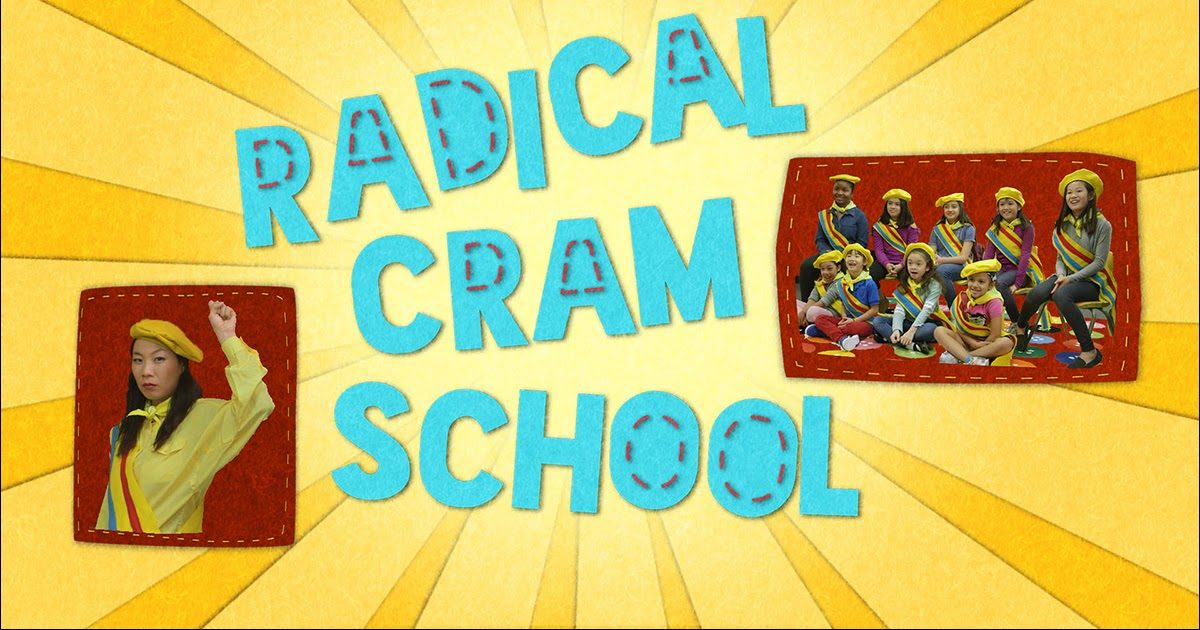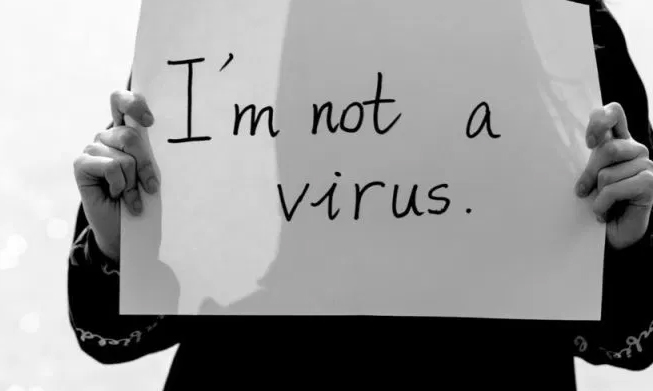By Guest Contributor: Hanako Narter
In an episode of the new web series Radical Cram School, an 8-year-old Asian American girl named Liberty recounts how a blonde classmate told her she shouldn’t be Tinkerbell in a school play because she looked nothing like the fictitious blonde fairy.
When I was a kid, I also made the bold Asian decision to be Tinkerbell for Halloween. I asked my parents to buy me a blonde wig and looked in the mirror in dismay at how my aggravatingly black hair kept showing under the radiant synthetic yellow. As with most cases of cultural appropriation, I looked stupid.
Radical Cram School is a new web series created by comedian Kristina Wong with and for kids. If you’ve ever been a kid, especially an Asian one, I highly recommend this series. A “cram school” is the nickname for high intensity tutoring centers used in Asian communities. But rather than “cram” these kids with math and science, these kids are learning social justice, revolution and how to be powerful in the bodies they have.
With six episodes (each clocking in at only a couple of minutes) it is astonishing how many things they covered, from pay inequality for women of color to gender identity, all of which is seldom discussed among people of color in the media. It’s almost as if the industry has been doing a disproportionately bad job of representing Asian Americans and giving them a platform to discuss their complicated ethnic identities…
Two of the least heard from groups are children and Asian Americans.
* * *
As someone who’s been both, I came up with my own ways of being heard as a child: I took on the unearned confidence of a white man. Because white men were often the people in leadership positions in my community (and also my dad is one) I didn’t see why that wouldn’t work for me. Well, I succeeded. I talked over other kids in my classes, I got sent to the principal’s office a handful of times, and I made a stellar group of funny white friends. I had achieved the American Dream of becoming a white man.
Why did I think of these behaviors as exclusively white? Plenty of my Bay Area high school’s star athletes and class clowns were Asian American. When we saw Asian Americans succeed in classically white ways, it’s like we forgot that they were Asian, and we forgot to chalk it up as a win for Asian Americans. It wasn’t as if we were all actively shrugging off our cultures. We just had few chances to discuss it.
Despite my hometown’s population being roughly one-third Asian American, we read very few books about Asian Americans in school. The ones we did read were Orientalist as hell, and they made my people seem alien. One book referred to miso as ‘bean paste soup’, which I remember thinking sounded gross (because it does). The other books we read were about Chinese immigrants during the Gold Rush (of course), and others contained a few one-off characters that spoke in broken English.
I emailed the English department asking them to include books that represented us better. I even included a list of books that I thought were good candidates. The response was to point out that I had neglected to mention the one other Asian book they had taught, which my English class didn’t even read it. A teacher lent me a copy and I sucked it down. While it was a good read, it was about Chinese people, and it referred to the Japanese (me) as the result of a monkey raping a Chinese woman. Sick representation!
* * *
During a leadership training exercise the following year, students broke into groups based on ethnicity and presented to the rest of our classmates and teachers about how stereotypes made us feel. It was the first and only time I was invited to talk so openly about our ethnic experience. Afterwards, I overheard a white teacher say she wished we’d spent less time on it.
So as a youth/Asian girl, I didn’t feel super heard. That’s what was so stunning about Radical Cram School. These girls were given a voice.
Not only were they emboldened by being able to interact in a space with all Asian American peers, but they were directly asked what they thought of things like the President, or of being called “Ching Chong Chu”. Furthermore, they were given one of the most powerful weapons in political activism: a strong vocabulary. They were taught terms like ‘microaggression’ and ‘structural racism’.
As a biracial Japanese Jew, I am hard pressed to find media that even has Asians in it. So for Radical Cram School to include mixed race Asian kids is something so rare that in other media, I don’t bother looking for or even expecting to find myself represented.
There is something so obvious, and yet so groundbreaking, about letting people identify how they identify. Some of the girls in the series were Asian and Black, or Asian and Latinx, and they said they didn’t always feel they were considered Asian. Being mixed sometimes feels like you’re constantly telling the Bouncers at Club Race that you’re on the list. What a relief to have someone just believe you when you tell them how you identify.
So what’s the moral of the story? Watch this web series!
Hanako Narter is a biracial Jewish and Japanese American writer.
Learn more about Reappropriate’s guest contributor program and submit your own writing here.



